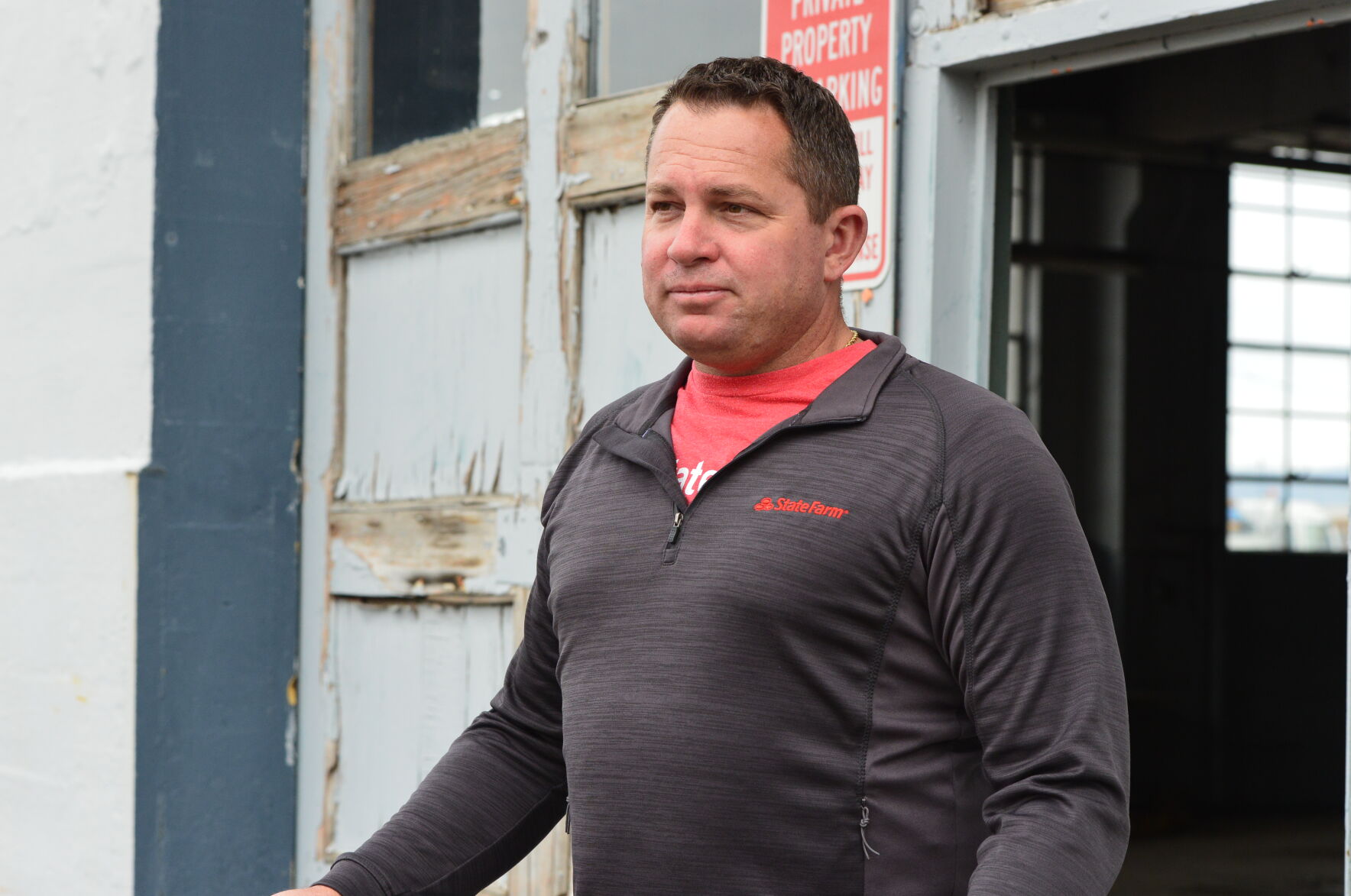YOUTH AUTHORITY READIES CLOSURES, INMATE RELEASES
Published 12:00 am Friday, February 7, 2003

- RIVER BEND WON'T CLOSE: The Youth Authority's River Bend center at Hilgard near La Grande is youth prison that will remain open. (The Observer/PHIL BULLOCK).
By Kelly Kearsley
For The Observer
PRINEVILLE Walking through the halls of the Ochoco Youth Correctional Facility, program director Charles Puch said the place has seemed quieter, even somber, the past few weeks.
"Everyone is pretty anxious right now," said Puch, walking past a row of cardboard boxes waiting to be filled.
As he ambles through the hallways of the 5-year-old building, one employee stops to ask him where to send all the medical supplies from the facility’s clinic. In a spotless community room, the facility’s inmates all boys ages 12 to 25 are organizing stacks of white shirts and socks and packing.
The Ochoco Youth Correctional Facility, which housed about 50 youth offenders, is one of four such facilities shutting down across the state amid Oregon’s budget crisis and voters’ rejection last week of Measure 28.
Ochoco’s doors are scheduled to close at 5 p.m. on Feb. 14.
Youth correctional facilities in Burns, Albany and Warrenton are also closing. Because of the four closures, the OYA and local juvenile departments have been scrambling to find alternative placements for about 250 youth offenders statewide.
Some of the youths are being transferred to other correctional facilities, residential treatment centers or foster care. Others are being sent home.
Local juvenile department and OYA officials say the closures, combined with cuts in residential treatment centers and shelter beds for youth offenders, budget cuts affecting state courts and reductions in parole staff will make it more difficult to treat young offenders and maintain public safety.
After releasing many of the lowest risk youths and those near the end of their treatment, many wonder who will be released next as youths start coming into the system.
Economically, the closures may have an impact as well. In Central Oregon, about 60 employees at the Prineville facility will either be relocated to other facilities, including River Bend at Hilgard, or laid off, said Brad Mulvihill, the OYA area director. The youth authority is cutting 265 positions from facilities statewide and another 20 from other youth authority programs.
While some of the Prineville employees may keep jobs with the youth authority, Mulvihill noted that their transfer to the remaining facilities such as River Bend may displace the workers that are there now. Details of who will be displaced are not yet known.
"There will be a trickle-down effect," he said.
The failure of Measure 28, a three-year income tax hike, has forced OYA to cut about $7.9 million from its budget this biennium, with the closure of the youth facilities accounting for about $4.8 million of those cuts. The youth authority’s total budget for the 2001-03 biennium was $229.5 million.
While the facilities are already moving youths, Sen. Ted Ferrioli, R-John Day, is attempting to find alternative solutions that would prevent them from closing. The lawmaker, who opposed the Measure 28 ballot measure, is urging the Oregon Youth Authority to cut management positions or potentially move adult offenders into the four youth prisons.
On Thursday, Senate President Peter Courtney, D-Salem, met with OYA director Karen Brazeau, Ferrioli, Sen. Steve Harper, R-Klamath Falls, plus other lawmakers whose districts will be affected.
One proposal floated was that legislators could release selected adult felons in order to keep more dangerous ones in the OYA facilities that are open, Courtney said.
Brazeau said the OYA could release another 80 to 100 youths. The resulting cost savings, she said, would be enough to keep the satellite facilities open, but would be a clear trade-off with public safety implications.
However, the agency can’t just lay off administrative staff to close the gap, as has been suggested.
The OYA could fire every worker in the central office and it wouldn’t save half of what’s needed to reach the cut level of $7.9 million over the next five months, Brazeau said.
The reduction is $51 million in the 2003-05 budget cycle that starts July 1.
"We are not going to get there by taking out another supervisor. The cost is in running a 24-hour-per-day, three-shift facility that supervises kids around the clock," she said.
The four juvenile facilities closing housed about 50 to 75 young people each.





